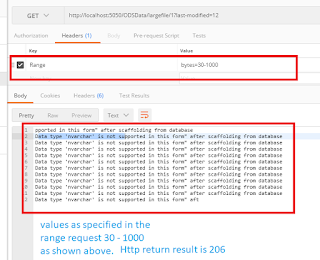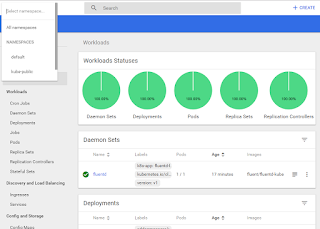helming

First of all download your helm version. To serve your chart locally helm serve Normally, your local repository will be here C:\Users\Jeremy\.helm\repository\local on Windows. You can see that we have a folder call vistio. To install this chart, simply run :- helm install local/vistio Why local? If you type helm repo list , you can see that the "local" refers to a local repository. NAME URL stable https://kubernetes-charts.storage.googleapis.com local http://127.0.0.1:8879/charts Please note :- helm list repo is not the same as helm repo list , please make sure you type it correctly.







